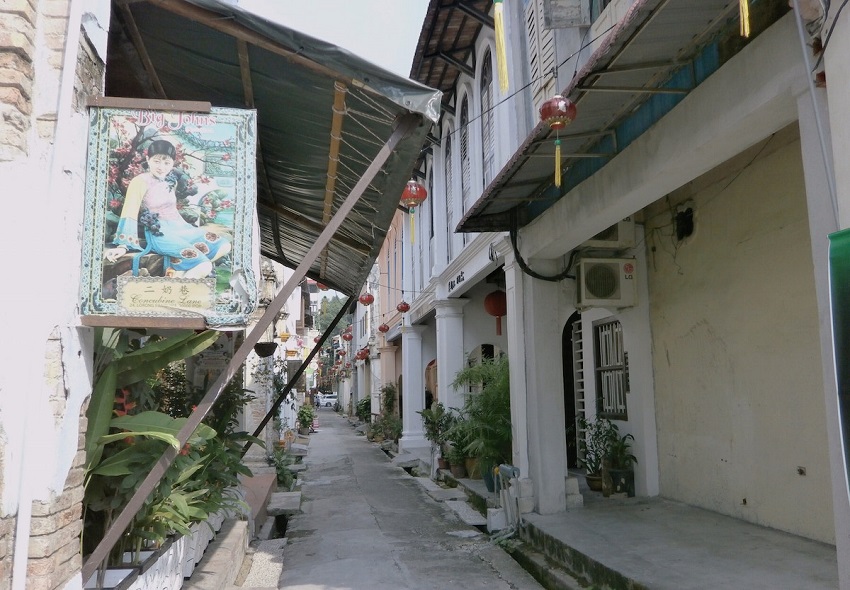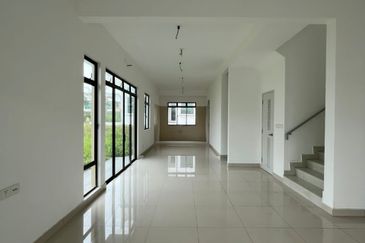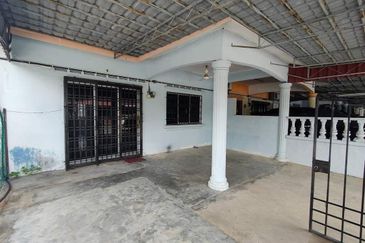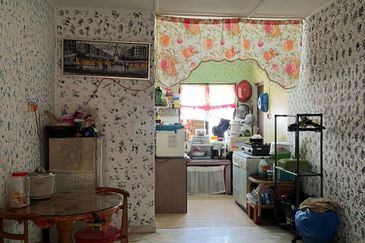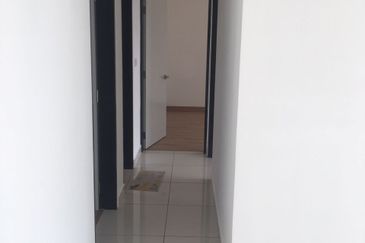IPOH (Sept 17): Ipoh Old Town is well on its way towards becoming a historical and multi-cultural enclave, thanks to the enthusiastic restoration of heritage buildings by property owners and traders in the section of the city.
Just five years ago, the section on the right bank of the Kinta River, which bisects Old Town and New Town, was home to largely dilapidated or condemned buildings and vacant business premises – the result of the collapse of the tin-mining industry in the Kinta Valley in the mid-1980s
Many property owners discovered that it was more lucrative to convert the pre-war buildings into “swiftlet hotels”, which added to the gloom in the once-vibrant city.
Although there were individual efforts to restore a few of the old building, which were sold cheaply, redevelopment took its time coming to Old Town.
It took a near disaster – the collapse of two shophouses in notorious Panglima Lane – in 2011 to get people to sit up and pay attention to the deteriorated state of the site where the city was founded in the 1820s.
Following the incident, Ipoh City Council issued a “repair or demolish” ultimatum to the owners of the crumbling buildings that were a public danger.
This sparked an interest in the pre-war buildings in Panglima Lane and its surrounding areas, which were speedily restored and transformed into a tourist attraction.
Since then, the restoration effort has progressed at a fast pace, with the result of skyrocketing property prices, which, in some cases, meant five times the price of old.
Scores of tourists began flocking in to tour and photograph the heritage sites, and while they were at it, taste the well-known local cuisine.
“Panglima Lane is slowly becoming like Jonker Street in Melaka,” said Datuk Lee Heng, a local veteran real estate agent.
Lee, who is also a city councillor, has purchased and restored two properties in Panglima Lane, and is now seeing his investment repaid in high rental rates.
He is confident that Old Town is the next major tourist attraction in the city.
Lee said Ipoh City Council and Perak Town and Rural Planning Department had drawn up an elaborate development plan to turn Old Town into a historical and multi-culture enclave.
“Rancangan Kawasan Khas Pekan Ipoh – Bandar Warisan Bijah Timah 2020,” as the plan is known, has various proposals for development.
It identifies several heritage buildings for a major facelift. Among them were J.W.W, Birch Memorial Clock Tower, Town Hall, Railway Station, High Court, Royal Ipoh Club and St Michael Institution.
The plan also proposes the creation of a pedestrian and tricycle route, traffic free zone and street mall.
A Heritage Walk has been established linking Jalan Maharaja Lela, Jalan Panglima, Lorong Panglima and Jalan Bijah Timah. It will eventually connect to the Kinta riverbank.
The stretch of Kinta River from Jalan Raja Musa Aziz bridge to Kg. Kuchai is to be divided into three sections, namely Kinta Riverfront, Dulang Waterfront and People’s Park Riverfront.
Dulang Waterfront is to be main attraction. It will be linked to the New Town sector by a pedestrian bridge.
Its embankment, which will be beautifully landscaped, will feature a replica of a tin dredge, appropriate enough, for the “City That Tin Built”.
TOP PICKS BY EDGEPROP

Residensi Hijauan (The Greens)
Shah Alam, Selangor
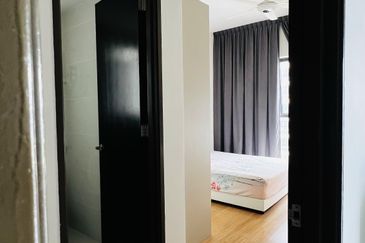
Baypoint @ Country Garden Danga Bay
Johor Bahru, Johor
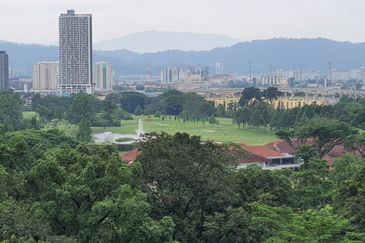
Menara Bintang Goldhill
Bukit Bintang, Kuala Lumpur

Pangsapuri Akasia, Bandar Botanic
Bandar Botanic/Bandar Bukit Tinggi, Selangor

Pangsapuri Akasia, Bandar Botanic
Bandar Botanic/Bandar Bukit Tinggi, Selangor

Bandar Bukit Tinggi
Bandar Botanic/Bandar Bukit Tinggi, Selangor

